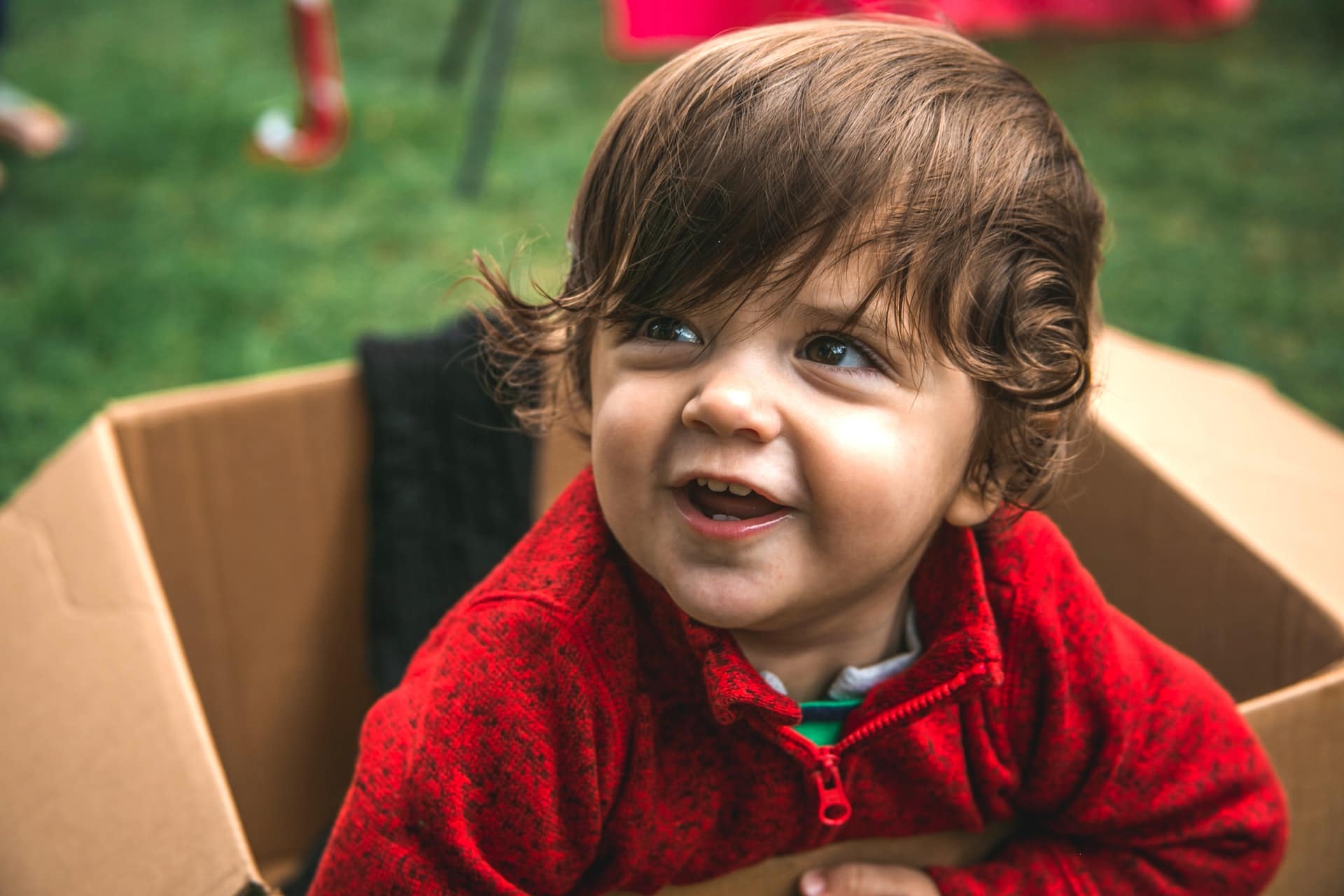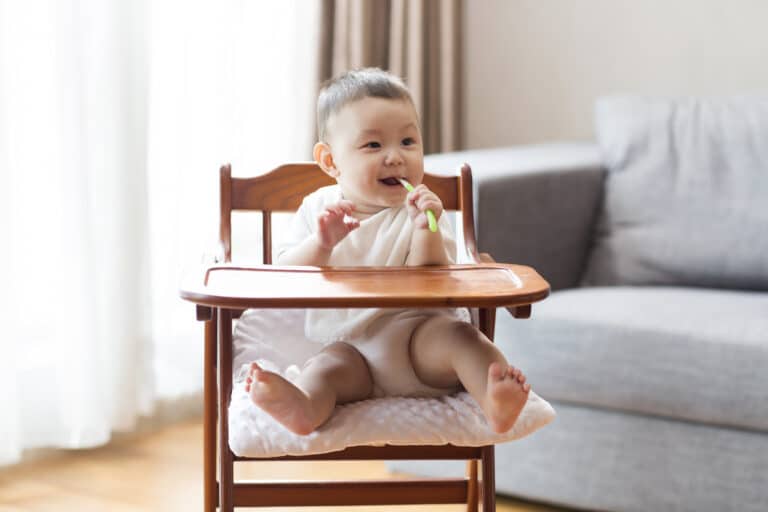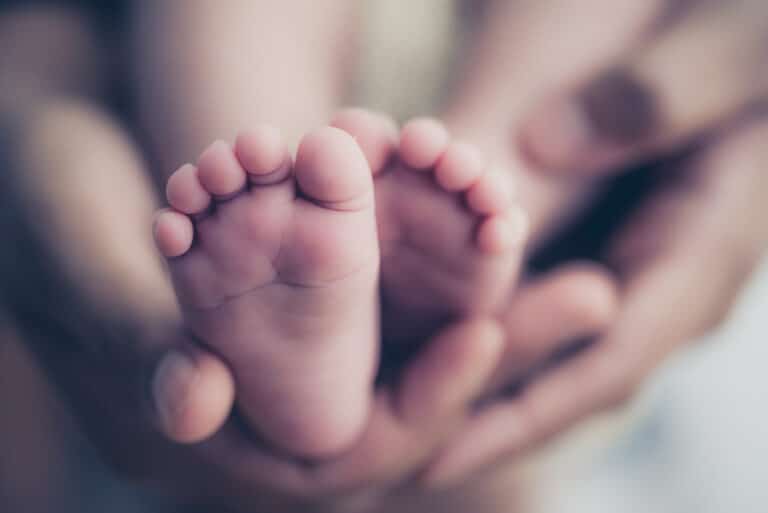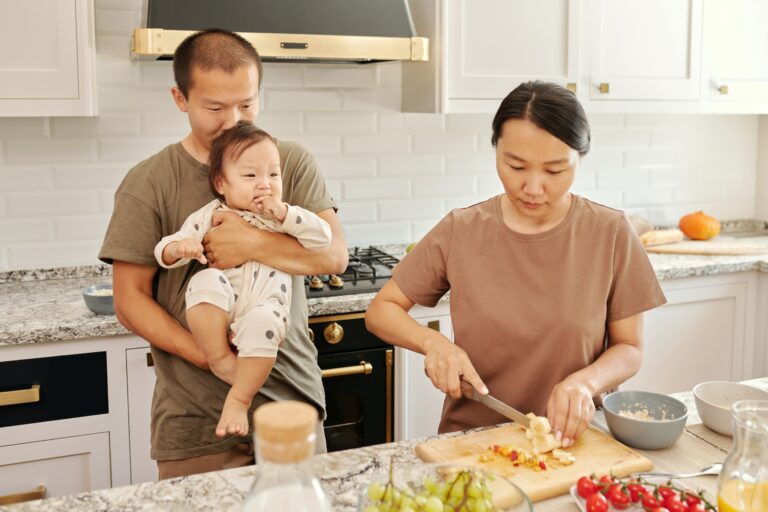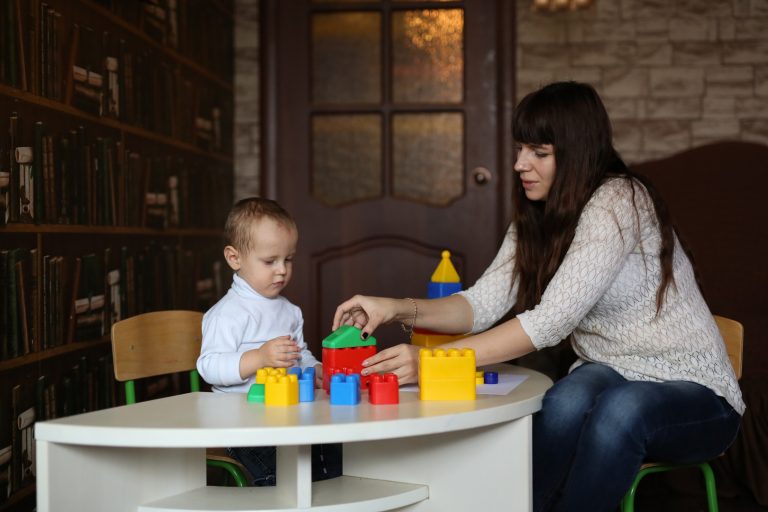When does baby hair texture change? This is a question that many parents ask when their child reaches the age of one. They also wonder if they should be concerned or not about baby hair growth. Baby hair texture changes over time, and it is normal for babies to have curly or wavy locks. As long as your little one has healthy locks, there’s no need to worry! In this blog post we will explore baby hair growth and what causes it in more detail so you can stop worrying about your little ones’ beautiful tresses.”
A lot of babies have a very soft, silky hair texture. As they grow up, their hair tends to become coarser and curlier. This is because the baby’s hair follicles are still immature until about age 8 or 9. But what really determines the texture is genetics!
Your baby’s hair texture will change until they reach the age of two. As neonatal experts say, by the end of their second year your child’s locks are locked in and this means that changes to their hair happen throughout those early years.
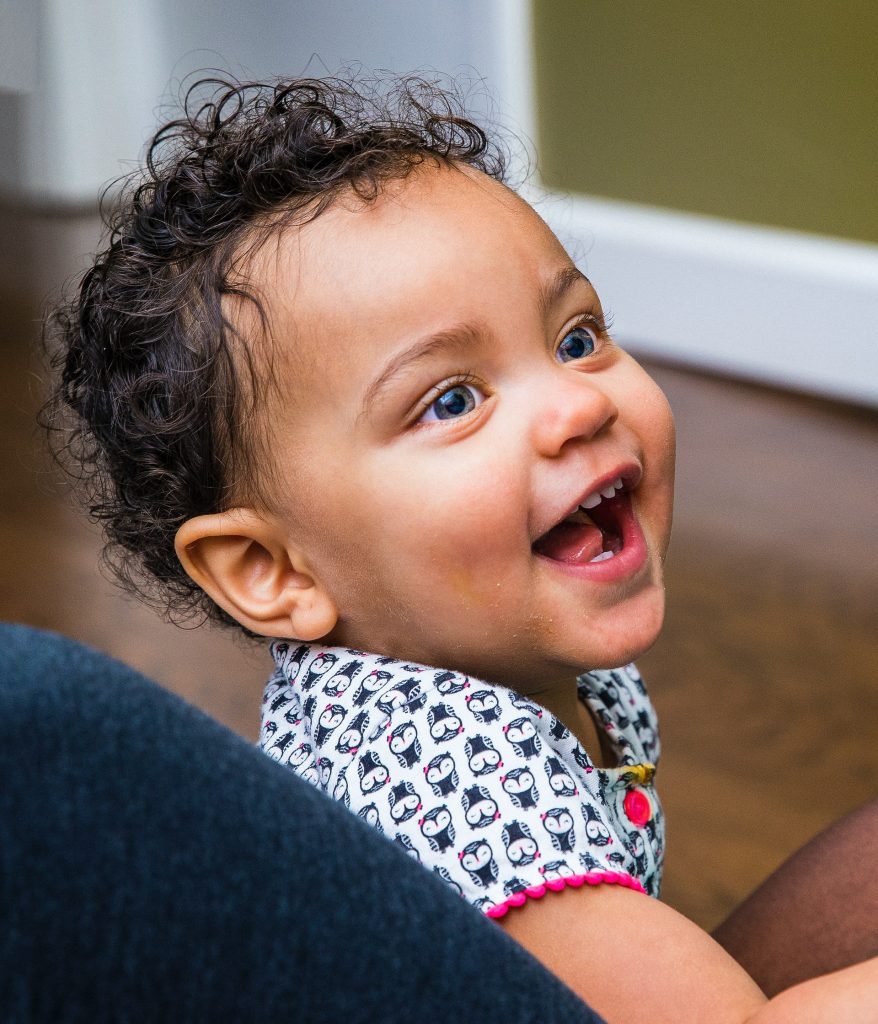
In This Article
- What is Baby Hair Texture?
- What Determines Baby Hair Texture?
- How Does Baby Hair Texture Work?
- At What age Baby Hair Texture Change?
- What Causes Changes to Baby Hair Texture?
- What are the 3 phases of hair growth?
- How do you know if your baby’s hair will be curly?
- How can I predict my baby’s hair texture?
- What Hair Color Will Your Baby Have?
- What makes the baby’s hair straight or curly?
What is Baby Hair Texture?
Baby hair texture is the natural surface of a baby’s hair. It can be curly, wavy or soft and silky. Baby’s are often born with very fine strands that later on become coarser as they grow up and their follicles mature.”
What Determines Baby Hair Texture?
Baby hair texture is determined by genetics. The follicles in the scalp are not fully developed until about age eight or nine years old and this determines what your baby’s locks will look like.
“Every person has two types of genes that determine their natural hair colour, texture, height, and curl. One gene is from their mother’s side of the family and one gene comes from their father’s side.”
“Curls are hereditary, so if someone has curly hair they’re more likely to have a baby with curlier locks. This means that your child might also inherit wavy or straight strands.”
“If your baby’s hair is curly, it can be straightened with a blow dryer. If you have wavy locks yourself, then chances are that the same will happen to your child.”
How Does Baby Hair Texture Work?
Baby hair texture changes over time, and it is normal for babies to have curly or wavy locks. As long as your little one has healthy locks, there’s no need to worry!”
The follicle is the foundation for hair growth and has an impact on a person’s textured mane. Babies have greater numbers of hair follicles, but they are mainly found in their scalps with hereditary shaping their texture.
- Hair Follicle: The hair follicle is a tunnel that goes unaffectedly deep into the dermis, which is why it can take longer than conventional wisdom might have you believe for a head of hair to grow.
- Hair Shaft: You might know what a hair shaft is. Hair shafts are like the part of your hair that goes up when you have a ponytail or bobby pins. These are not anchored below the skin in your follicles and they can be easily seen.
- Hair Root: At the base of your baby’s hair shaft is a bulb that attaches to the follicle. The follicle is a sheath that anchors your strands just below skin level.
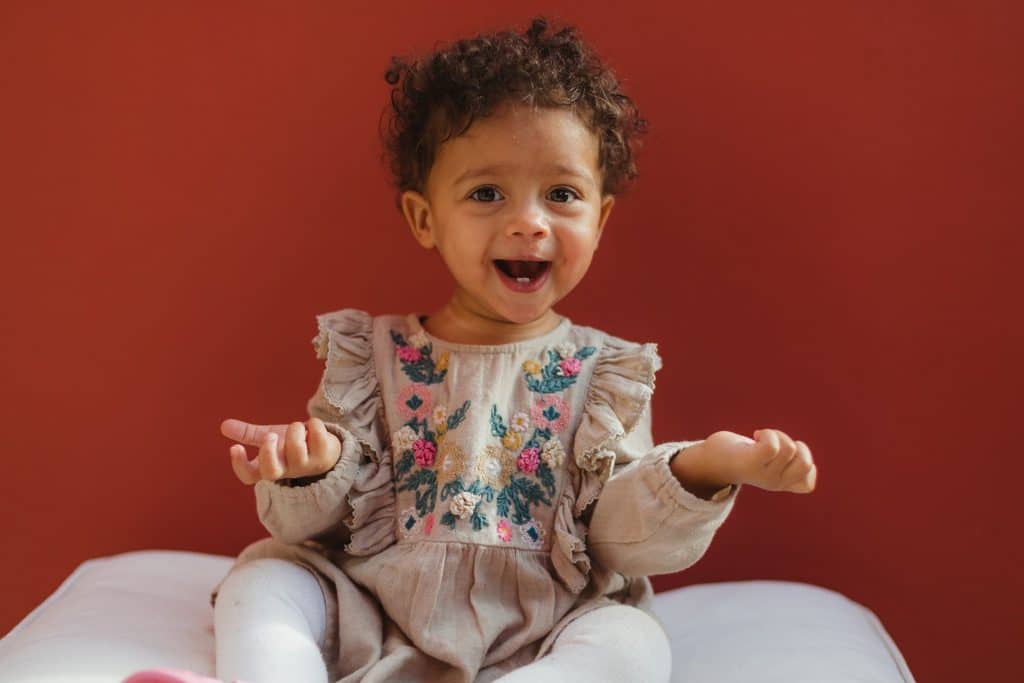
At What age Baby Hair Texture Change?
The soft hair texture of baby’s locks often changes into more wavy or straight strands around the age of two. Your baby will have three changes in their hair texture during the first 24 months. The texture of their hair will change quickly from one stage to another.
There are 3 different three phases of baby’s hair
Phase 1: Lanugo Hair
This is the first phase and all new-born babies have hair that falls out, but they grow back very quickly. This stage lasts for about three months. The baby’s locks are thin because there isn’t much of it at this point in their lives .
Your baby’s hair follicles will produce lanugo, which is a soft, thick hair that grows all over your child’s body and head. Lanugo starts to grow at around 5 months gestation and might play an important role in fetal hormone development.
Babies often lose their lanugo hair during the later stages of pregnancy. Lanugo is absorbed into amniotic fluid, but sometimes your child will be born with it still attached. Typical telogen hairs are present at birth, and most of them are shed in the first few weeks.
Phase 2: Vellus Hair
This is the second phase, and it lasts for about six months. Your baby’s hair will become thinner and less dense because they’re losing their lanugo hair. Vellus hairs are short strands that grow in areas with a lot of sebaceous glands like on your child’s scalp or around their genitals .
Vellus means “thin” in Latin so this type of follicle produces very fine hair that falls out easily. Baby locks at this stage can be wavy but normally stay straight until after puberty when hormones start becoming active again.”
Babies often have vellus hairs on their head and body. Such hair will account for up to 25% of a baby’s scalp hair, depending on the current stage of growth. The majority of the remainder consists in lanugo or terminal hair, which is determined by your baby’s age.
Phase 3: Terminal Hair
This is the third phase, and it lasts for about a year. Baby hair will enter this stage around their first birthday, but that might vary depending on your baby’s growth patterns or gender .
Terminal hairs are long strands of hair with tapered ends that grow from terminal follicles in the skin. They’re produced by fully-grown anagen cells which you’ll find mainly in parts where there are lots of sebaceous glands like your child’s scalp.”
“The majority of babies have straight locks because they inherit these types of hairs from both parents.” “It’s also normal for curly haired children to go through phases when they lose some volume only to regain it later on as new hairs replace old ones.”
What Causes Changes to Baby Hair Texture?
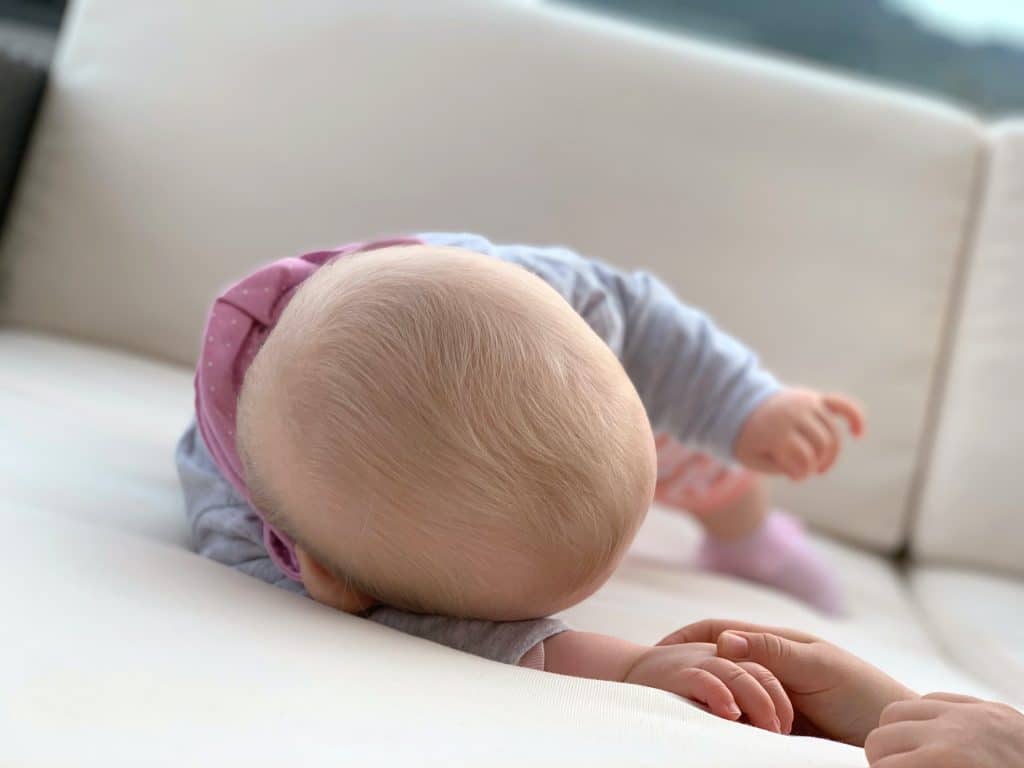
Changes to baby hair texture can happen for a number of reasons. Your child’s locks might become wavier or straighter as they grow and change in length because lanugo hairs are replaced with vellus and terminal strands. The age at which this happens differs from one kid to another, but most children have transitioned into the second phase by the time they are two years old.
Baby’s hair texture changes because they are going through different phases. Baby locks will go from lanugo to vellus, which is slightly less coarse in texture but still very soft.”
Your baby might lose their softer hairs and grow a new crop of them that is more wavy or curly–it could even happen again before your child reaches the age of two! Changes in hormone production can cause this change as well. Your little one might have been born with these hormones already kicking in, so it won’t be long until his or her hair starts changing into something else!”
There are many reasons why babies’ hair color may also change during infancy: for example if he/she has dark brown locks at birth, the hair may lighten to a lighter brown, blonde or even red shade.
“Genetics play an important role in determining what type of hair you’ll have.” .
“The first six months of life are the most important for baby hair growth because they’re going through phase two (vellus) which lasts for about six months.” “By 12-months old your child should have all three phases and will be producing terminal hairs as well.”
In addition, your baby’s hair might be more difficult to brush than it was during earlier stages of their first year because vellus hairs tend to fall out easily and can make tangles harder to manage. This is another reason why many babies have a sudden change in texture around six months or one year.
What are the 3 phases of hair growth?
Hair goes through three different stages of life, which are anagen, catagen, and telogen. the first stage is anagen where it last up to seven years with new color production that’s dependent on body hormones . Your baby might lose their softer hairs but grow back something wavier or curly–it could even happen again before your child reaches the age of two!
Phase 1 Anagen: which lasts for about two to seven years. Anagen hairs are the ones that produce color and grow at different rates of speed depending on your body’s hormones.
The active phase of the hair is called anagen. In this phase, cells in the root of the hair are dividing rapidly and a new hair is pushing up the club hair (a hair that has stopped growing or is no longer in anagen) from under it; eventually causing both to exit.
The active phase takes up about two to six years. Hair on the scalp grows just 1cm every 28 days, and stays in that phase for at least two of these.
Phase 2 Catagen: Catagen takes place in between weeks one and four or six months after the start of anagen. You’re going through this phase if you have less than 25% hair growth because it means they’re resting up before new hair starts growing again .
Phase 3 Elogen: where baby locks enter when their previous cycle has ended. This final stage might last anywhere from a week to three months until those baby locks fall out naturally.”
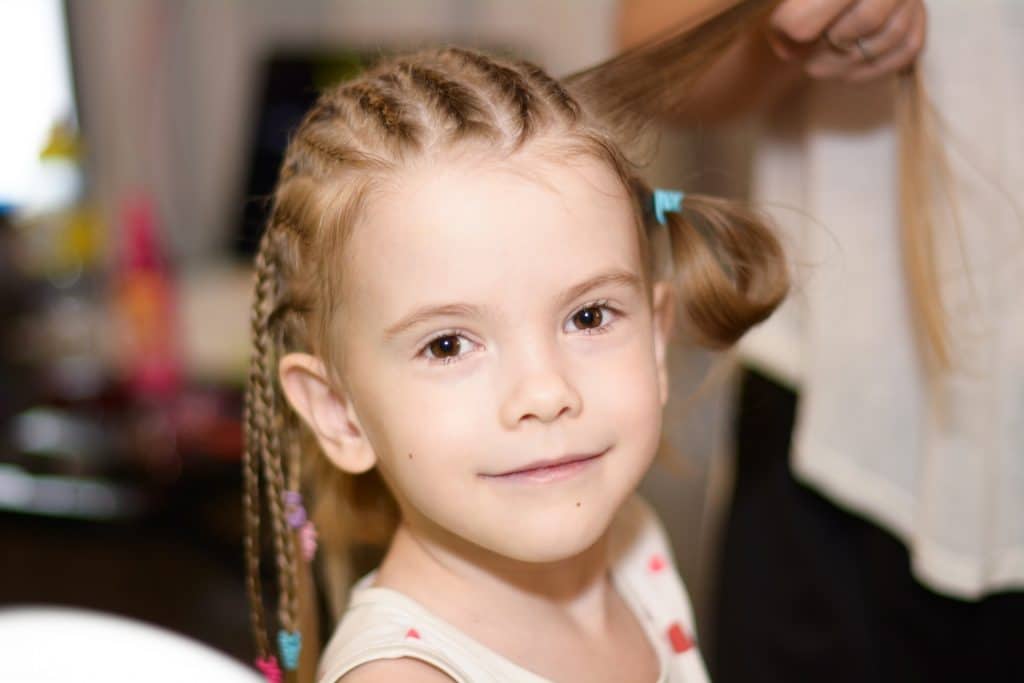
How do you know if your baby’s hair will be curly?
“A baby’s hair will be curly if he or she inherits one of the parents’ genes for it as well. It is also normal for children to go through phases where they lose volume and have straighter locks, only to regain them again when new hairs replace old ones.”
If your baby’s hair remains straight after being dried, they have straight hair. If their hairs tends to curl or wavy without drying that way, then they have curly hair. Checking to see if it dries in a loop pattern means you’ve found your curls! This is an indication of curly or wiry locks!
How can I predict my baby’s hair texture?
As far as baby’s hair texture, babies will have the hair texture of their father. If he has straight or wavy hair, then his daughter is likely to do so too. If dad has curly hair, then there’s a greater chance that his daughter will probably have it also.
It is possible that your baby’s hair will have a texture you can’t predict, but there are some trends to watch out for. In general, curly haired children tend to only grow straight hairs during the first few months of their lives and vice versa.
What Hair Color Will Your Baby Have?
Hair color in an infant is a result from pigment cells that travel to the skin’s surface while still in utero. The hair on head can be sparse, and will cover all of your baby’s scalp by one year of age. Hair pigments may come from either parent. One person might carry more than one form of gene for hair color (i.e., brown and blond). Infants are often born with peach fuzz or coarser lighter hairs on their head.”
Every strand of hair includes melanin, which is the pigment that determines the amount of color. There are two different types of melanin: eumelanin and pheomelanin. They have four different colors, and each strand contains some combination of these colors to create a particular shade.
The color of hair is governed by the melanin pigments that are present. You can try to predict your baby’s hair color based on family members, but this only influences their genetic makeup which determines final colors.
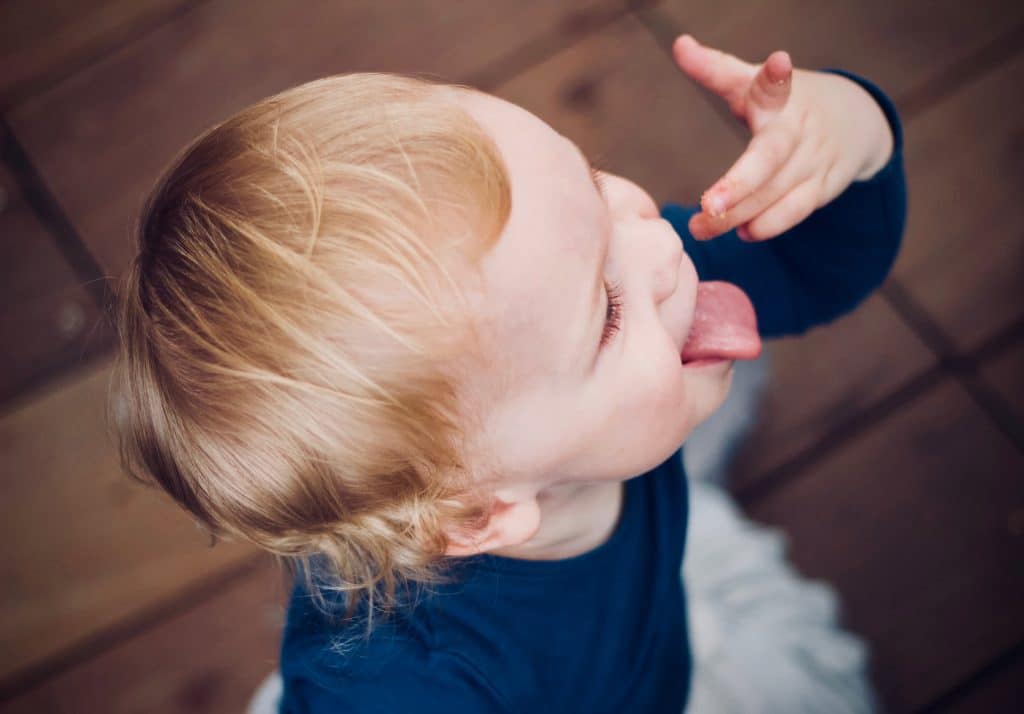
What makes the baby’s hair straight or curly?
There are many babies who have straight curly hair at birth, while others on both sides of the family have kinky coarse locks. The reason is amniotic fluid while inside the womb, which keeps baby hair smooth and fluffy.
The shape of the hair can be determined by genetics, but babies will have a straight or curly texture based on how their hair is shaped when it dries.
In general, baby’s who are born with curls in their natural state tend to grow out and leave them as they are after birth. Baby’s with naturally straighter locks will often grow wavy hairs when they are older.
If there are a mixture of hair textures in the parental genes, the baby’s may initially be straight but later might become curly or even kinky.
- Straight Hair – Baby locks will grow straight, but may end up being wavy. Baby hair is usually not curly until they are about one year old and their roots start to show
- Curly Hair – Baby’s with curly hair often have a lot of volume in the cuticle layer which makes them more textured than those who have straighter baby hairs. Baby’s hair will have natural curls without drying that way. Baby hairs may look wavy if they are dry
- Kinky Hair – Baby’s with kinky curly hair often don’t grow straight locks at all, and their baby hair is very coarse since there is not a lot of the cuticle layer in it.”
What is Baby Straight Hair?
Straight hair can be any baby’s crowning glory. Baby straight strands are often wavy or curly, but they have a flat surface that looks smooth and glossy when dry. Baby straight locks will not end up as kinky curls like those of a baby with curly hair. Baby straight locks will stay the same texture through their childhood and into adulthood.
Conclusion :
With this in mind, there is no need to be worried about your baby’s hair. There are many things that can change the texture of a person’s hair over time, so it may not always stay as curly or wavy as it does when they’re born. It’s common for babies to have soft and smooth strands – but some people with naturally straight hair will end up with curls later on in life due to genetics or hormones. When you’re wondering if something might be wrong, talk to your pediatrician! They’ll know best how to help guide you through any worries.

